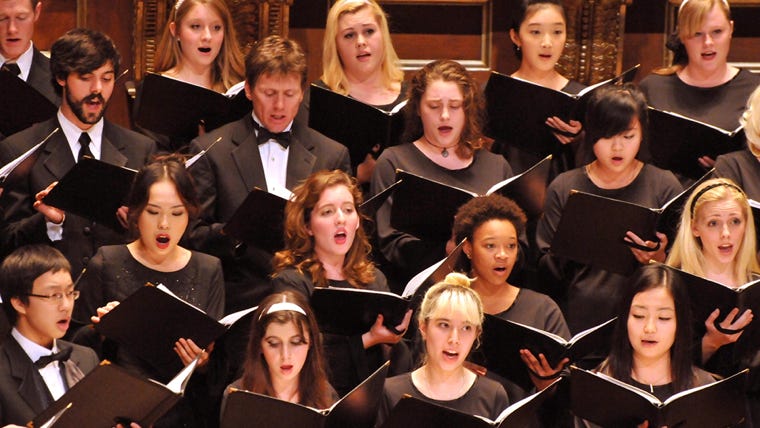Johannes Brahms
(1833-1897)
Nänie
(1881)
One of Brahms’s earliest musical jobs was directing a choral society. This introduced the composer to the music of the Renaissance and the Baroque, which sparked his antiquarian enthusiasms, in particular his first-hand encounter with the choral music of Bach. Choral music became an important part of Brahms’s output—to his art, his career, and to his income. Some of his most important works involve the use of chorus and orchestra, such as his German Requiem, Schicksalslied (Song of Destiny), and the beautiful Alto Rhapsody. Nänie is a German form of the Latin naenia, meaning “a funeral song”, and Brahms composed his Nänie in 1881 in memory of his deceased friend Anselm Feuerbach. The mood of the work can be summarized by the first sentence of the poem Nänie by Friedrich Schiller, which Brahms set to some of his most beautiful music in this work: “Even the beautiful must die.”
